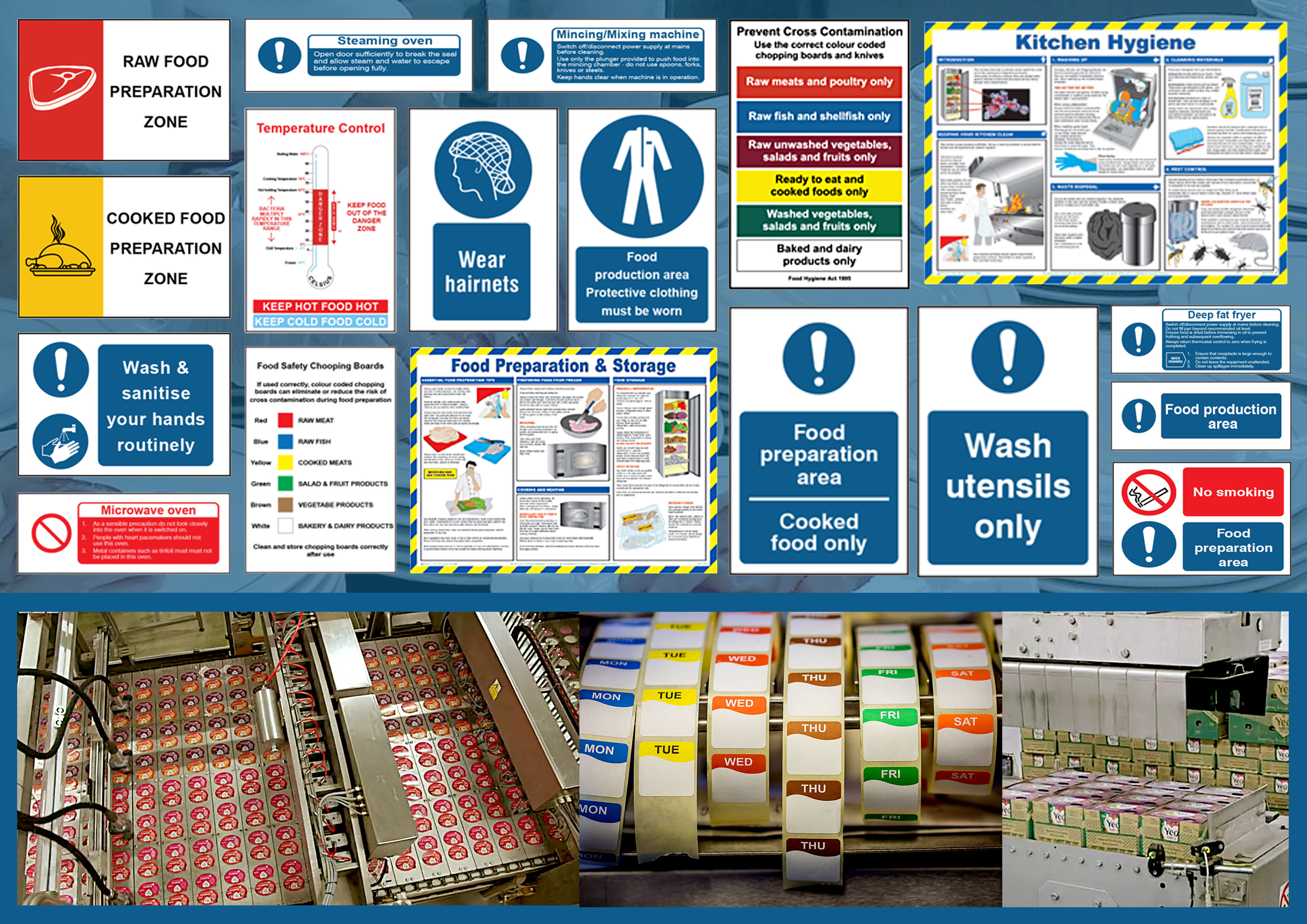 In August 2021, American lawmakers introduced the Food Labelling Modernisation Act. If this passes, America will introduce standardised labels to their food packaging to give consumers a better idea of which products are considered healthy when shopping.
In August 2021, American lawmakers introduced the Food Labelling Modernisation Act. If this passes, America will introduce standardised labels to their food packaging to give consumers a better idea of which products are considered healthy when shopping.
This act has re-sparked the conversation over whether unhealthy foods should be labelled.
What Information is Required on Food Labels?
In the UK, the law on food labelling is already in place to an extent. It has been compulsory for most pre-packed foods to display nutrition labelling since December 2016; this is the traffic light system that shows the amounts of fat, saturated fat, salt, sugar and energy in a product.
Other warnings are also already mandatory on foods in the UK. However, these are specific to potentially dangerous ingredients, such as sweeteners and caffeine over 150mg/l. The question is, how much further should food labelling go? Would a basic ‘healthy or not healthy’ be the best way to label food?
Labelling Propositions
There are several types of labelling currently under consideration regarding the Food Labelling Modernisation Act, possibly the most important one being a clear rating system for consumers to easily gauge the healthiness of a product. As of right now, the two main systems that are being considered are a traffic light system or a 5-star system, such as the one already in use in Australia.
Australian products also have positive nutrient icons, such as fibre, that indicate specific benefits of foods. Something similar would be introduced in this new law; for example, whole grain products would have to specify the percentage of whole grain in an easily accessible way.
The extent of specifying an advertised ingredient extends to any fruit or veg pictured on the packaging. This label would have a standardised place and style on all food packaging, much like the recycling or vegetarian images currently used.
Pros of a Health Rating
There is a strong existing argument for the introduction of more labels on the contents of our fridges and cupboards, particularly when it comes to unhealthy food.
An Easy Understanding of Food
Research has suggested that the people most likely to engage with nutrition labels are those with a diet-related disease or on a weight loss diet.
It may therefore be helpful for a consumer to get the ‘gist’ of healthiness at first glance before spending time looking at its nutritional breakdown.
Additionally, the meaning of symbols can sometimes get lost in supermarkets that are already full of information, so a 1-5 or green-red system could make the weekly food shop that bit quicker to complete.
Potentially Healthier Food
Perhaps the most supportive evidence in the argument for a healthiness rating is Chile’s response to passing a similar law to America’s proposal. In Chile, front-of-package warning labels have been mandatory since 2016. Since then, many companies have reassessed and edited their products’ ingredients to make them healthier.
Even if individual shoppers don’t pay close attention to health labels, companies’ responses to the law may well make for a healthier public simply from a lower availability of unhealthy food on supermarket shelves.
Cons of a Health Rating
Whilst there are several clear benefits to making food healthiness clear with labels, there are an equal amount of counter-arguments.
What is ‘Healthy’?
First and foremost is the difficulty of establishing a consistent rule book, or idea of ‘healthy’. Not only are there so many factors that contribute to an overall idea of health, but everyone has their own personal idea of what they either consider healthy, or healthy for them individually.
Location
There is also debate around where the label would sit due to limited space on packaging, particularly with pre-existing necessary labels such as ingredient and allergen information. Research suggests that front-of-package labels have more effect on consumers than those on the back, so this is where an easy-access label should reside.
However, due to the nature of packaging, this is of course where there is the least amount of space. When there are already so many types of food labels, it can become overwhelming and therefore difficult to know how to read food labels for healthy eating. Could an excess of labels become confusing, and end up doing more harm than good?
Eating Disorders
Whilst not in the new proposed bill, another regularly discussed method of labelling food is PACE (Physical Activity Calorie Equivalent), in which foods are labelled with how much physical exercise would be needed to burn off their calories.
This kind of labelling, however, could cause concern for those with eating disorders, as it encourages the idea that food must be earned or burnt off entirely.
To a degree, this concern extends to all food labelling, although there has so far been no evidence of food labelling causing eating disorders.
Food Signs at Label Source
Food labels are only useful so far as the safety of the kitchens they are prepared in. Browse our range of kitchen signs at Label Source.
For everything else, follow our Twitter for the latest safety news.